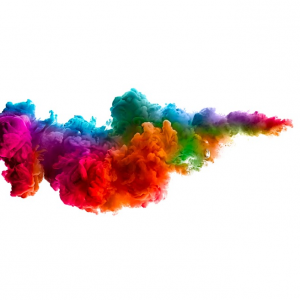Colour
Our brains tend to like matching or contrasting colours. Some creative individuals can picture this in their head and some up with a design that works. Other creative people do it by trial and error. If you are stuck, find a colour wheel and either look at colours on opposite sides of the circle, or divide the wheel three ways and go for a three way contrast.
Colour selection and contrast applied to everything from business suits to architecture and furniture. Use it to design plastic model decals or temporary tattoos. Remember that the surface colour where the decal is applied is also a consideration.
Shape
We find certain shapes and ratios pleasing. The ancient Greeks noticed that people found the golden ratio ( 1 to 1.618… ) very appealing, and used in in sculptures, art, vases, building and many other things. The same ratio crops up in many designs today, often unconsciously. People design many things using the golden ratio, even if they don’t actually know about it. They simply came up with something that looked right.
Circles, triangles and other neatly proportioned shapes are also pleasing, but they can be plain and obvious on their own. But if they are the underlying template behind other designs they can work to our advantage. Many painters created portraits over simple rectangles and circles. The painted portrait covers up the original geometric shapes, but we get the impression of the geometry when we see the final painting.
Coherence
Perhaps the least discussed issue of design, but the one most noticed if it is missing. The pieces of any design must fit together into something coherent. Again, we often do this unconsciously; we think of the art we want to create, and put the pieces together as if they were meant to be a cohesive whole. Then again, some artists occasionally but deliberately pursue incoherence.
Guitar Decals might take many forms, from our individual musical inspiration to landscapes, logos or religious affiliation. The only requirement is that they look right on the surface of the guitar. Following the curves of the instrument tend to give a good effect.
